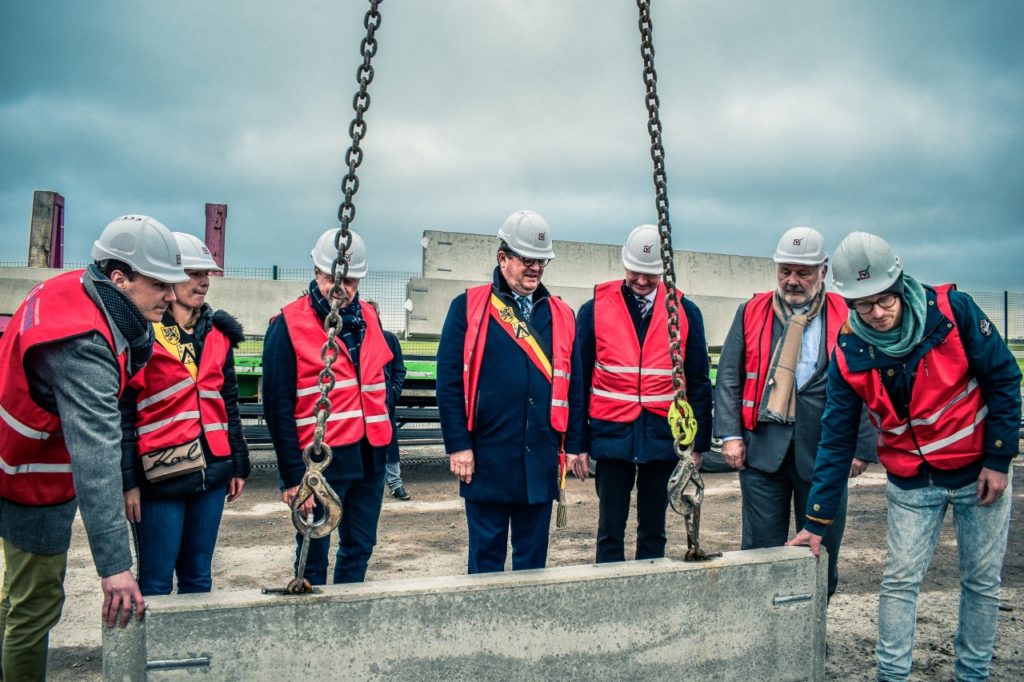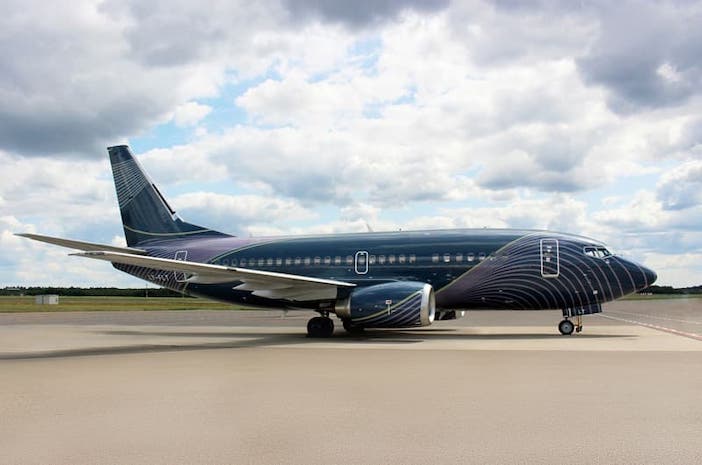The North Sea Aviation Center and Ostend-Bruges Airport are building 12 new aircraft hangars for General Aviation along the Nieuwpoortsesteenweg.
In October, Ostend-Bruges Airport and the North Sea Aviation Center (NSAC) announced plans for the construction of 12 General Aviation aircraft hangars at the airport.
Construction company Vulsteke has started the construction of the hangars, which will be ready by mid-July.
“This is an important milestone for General Aviation at the airport and for the region,” said managing director Erik Vermeersch, NSAC.
“With the construction of 12 new, sustainable hangars, we are betting on the future of General Aviation. It allows us to offer business, educational, recreational and innovative aviation a home base in Ostend. We are therefore convinced that these investments will create added commercial value for the airport, the region and the companies that will settle there.”
“General Aviation is and will remain an important pillar for our airport,” says CEO Eric Dumas. “The construction of the new hangars is important for the further sustainable development of general aviation activities.”
The first hangars have already been sold and rented out. The local pilot school Ostend Air College purchased two and the Noordzee Vliegclub will also make use of the new hangars.
“We can be proud of local Flemish companies that put our airport and region on the map with their unique aviation activities,” said Vermeersch. “We are convinced that the new hangars will add value to their business activities.”
“Thanks to its geographical location, flexibility and easy accessibility, our airport is the ideal location to welcome and further develop educational, recreational, business and innovative aviation,” said Dumas.
Some hangars have already been sold and leased to private owners who will park their aircraft there. The location and infrastructure makes it the ideal base for recreational aviation.
“This gives us great pleasure. We want to be an airport for everyone and will always embrace recreational aviation,” said Dumas.
The new hangars were designed by Juno Architects and will be 240 meters long and 6 meters high and finished with sustainable materials.
“We have chosen to work with sustainable materials. The new sheds will not be heated, but thanks to the high degree of insulation, the buildings can be kept frost-free inside,” said Vermeersch.
Eight smaller units will have a surface area of 440 m2. Two hangars will be twice as large at 880 m2 each.





